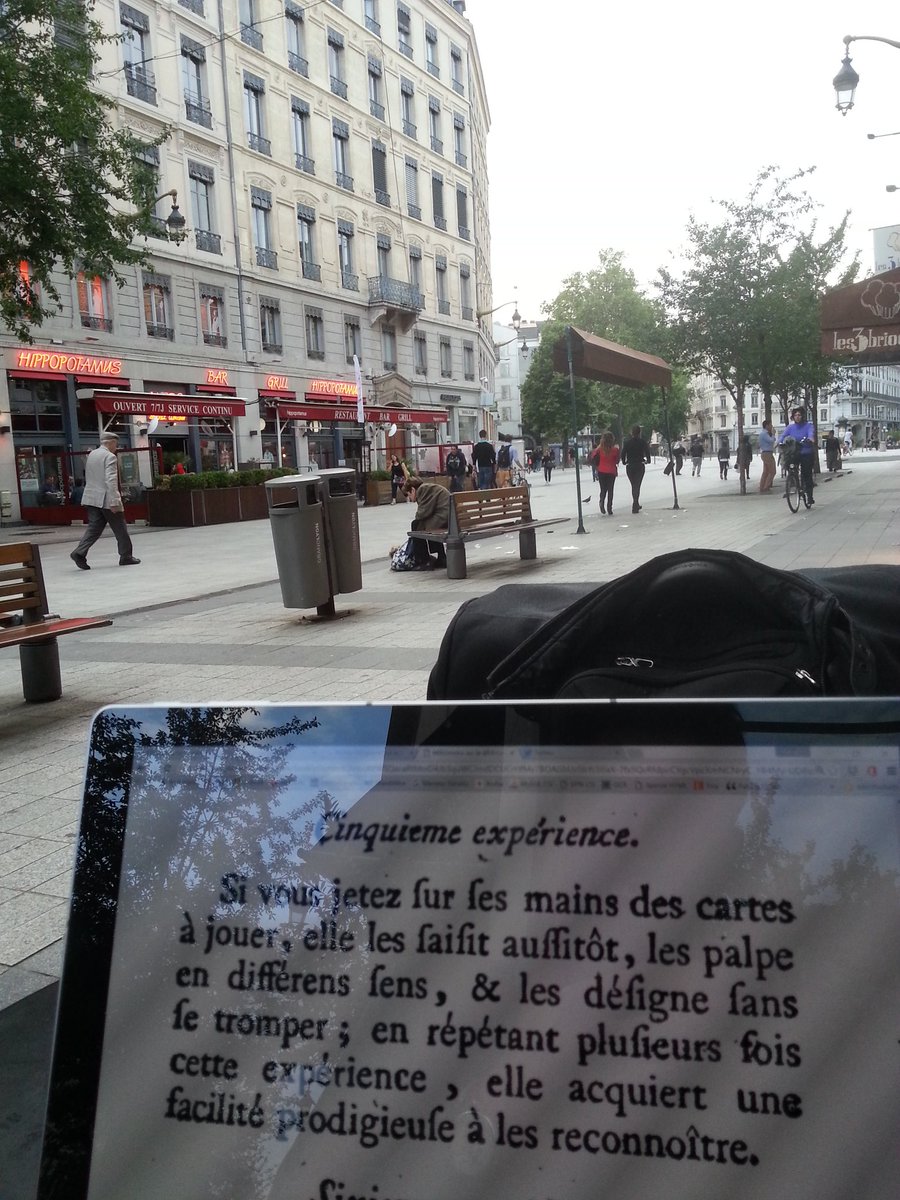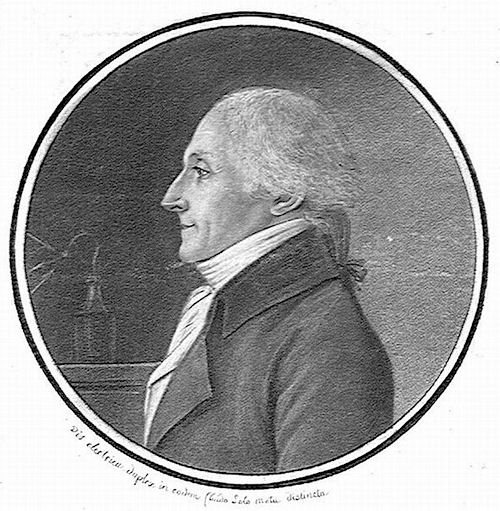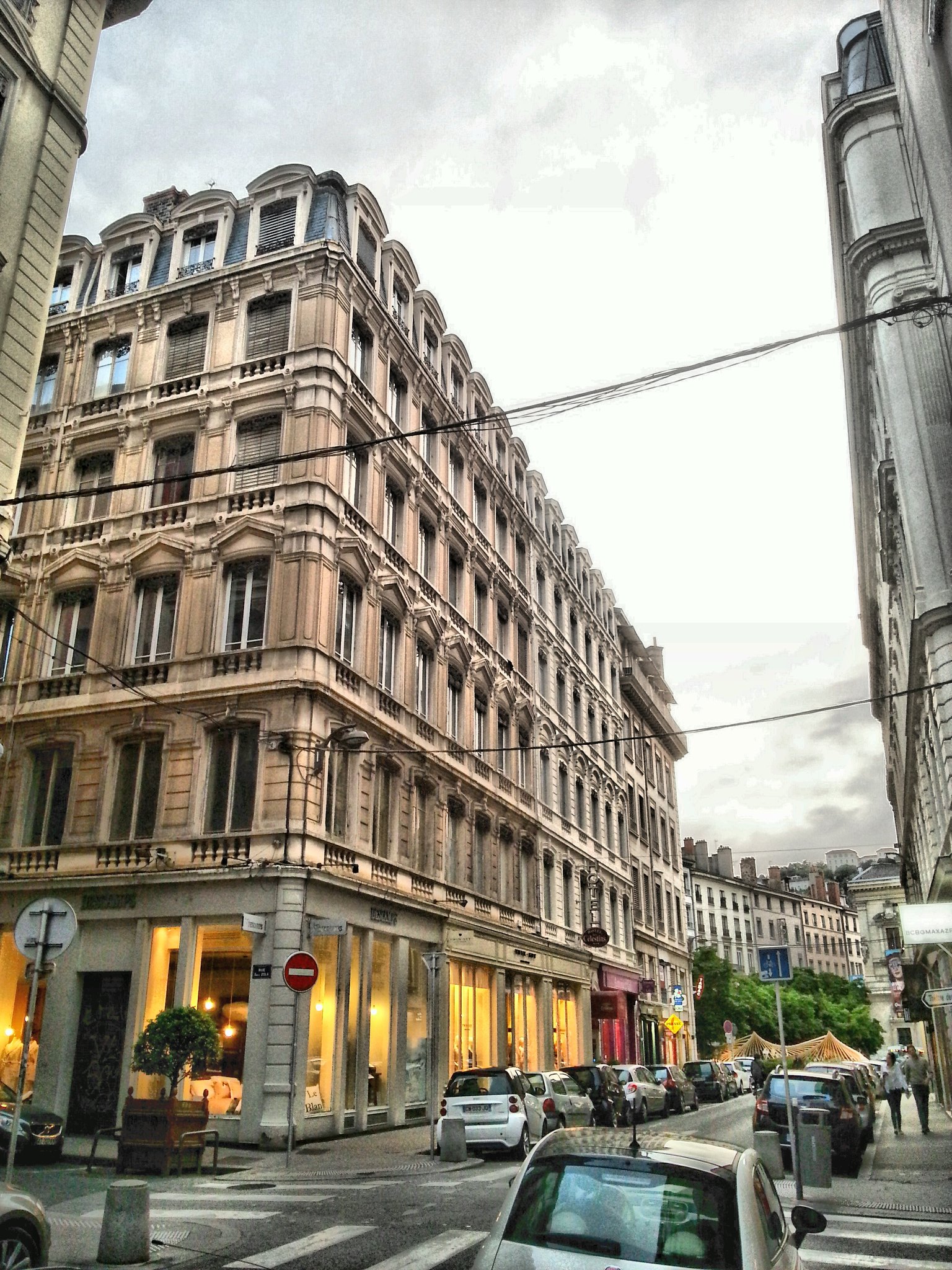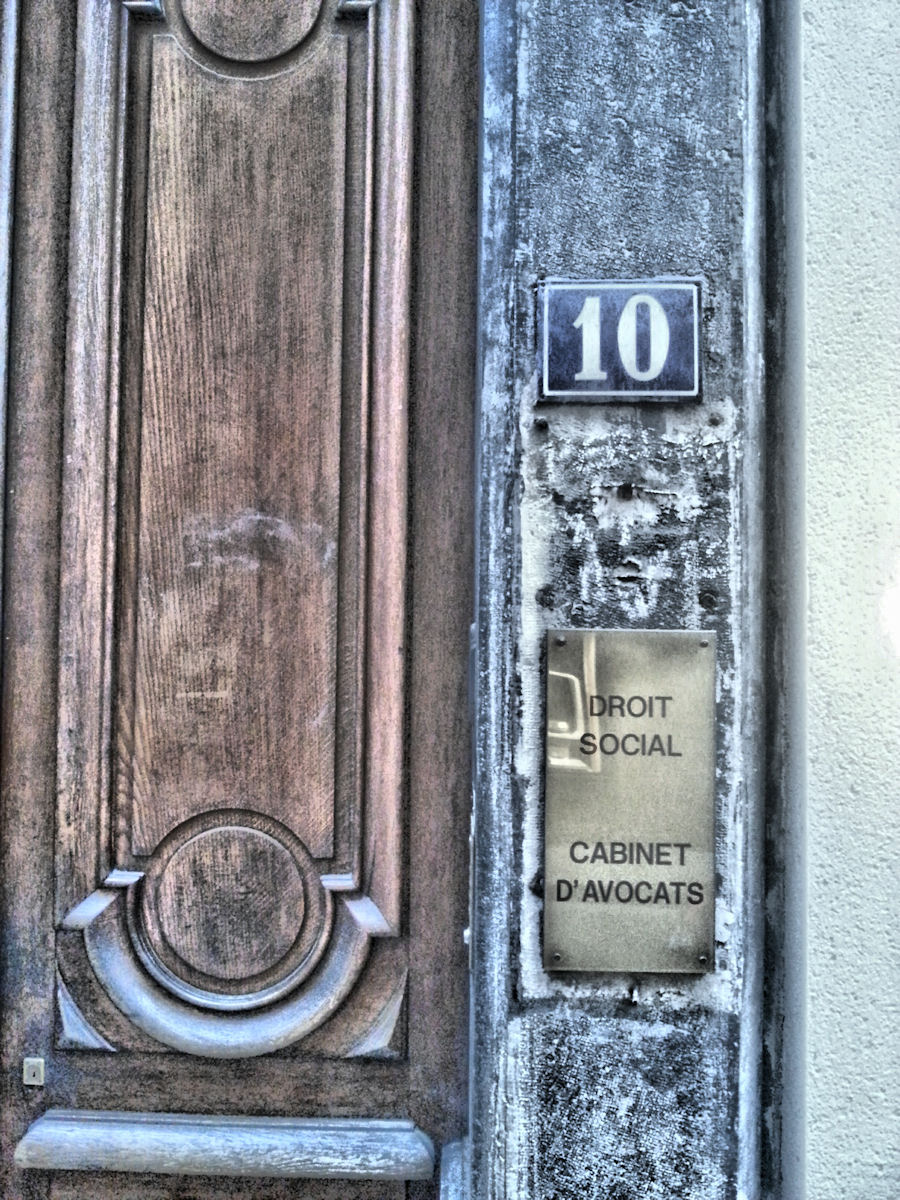Lyon (France), 1787. His new diagnostic tool will not change the History of Medicine but the one of Magic. Doctor Jacques Petetin is used to wield menacing tools: its arsenal of pincers, cauteries and long scissors is unmatched throughout Lyon. The investigation on his last patient, however, must be conducted in a different way. The girl is 19-years old and has a charming mole on her eyebrow. She suffers from stomach spasms, bipolar mood and difficulty breathing. Diagnosis: hysterical affection. At the end of the investigation, the doctor will report:
One secret path has led me to the sanctuary of her soul. [...] I hope that, once it will be brought to light and the hysterical affection will be well described, any other doctor will be able to repeat my experiments successfully. (1)
Anyone passing there by chance would mistake him for a magician. Which kind of tool does he employ to access her soul? A harmless deck of playing cards.
In those years Paris is witnessing a craze for the “magnetic fluid”: invisible and impalpable tool for curing diseases, it has been theorized by German physician Franz Anton Mesmer and in 1782 it has become an industry – thanks to the business ability of a lawyer from Lyon, Nicolas Bergasse. By imposing his hands on the patients – and without touching them – Mesmer triggers a violent crisis, at the end of which they feel way better.
In 1785 the Marquis of Puységur repeats the moves of Mesmer on a farmer in Buzancy, but the effects are quite different; the young Victor falls into a “magnetic sleep” and seems to acquire psychic powers: he sees with his eyes closed, he can read minds and describe the inside of his body with precision. Mesmer’s magnetic crisis suddenly gets old: if his “animal magnetism” rouses rough reactions, with Puysegur it opens the doors of perception, “turning on” psychic powers in the sicks; an exciting perspective, indeed!
Two years after the discovery of “magnetic sleep” Petetin makes some magnetic moves on the 19-years old girl. Then, in order to verify the awakening of clairvoyance in her, he hands the girl a playing card. Albeit bandaged,
she promptly grabs it, touches it on both sides, then she guess correctly the value; even repeating the experiment, she demonstrates a prodigious ease to recognize [the cards.] [...] By putting a written card (in very small letters, but clearly legible) on the patient’s hand, she is able to read with the tip of her fingers with the same ease with which you read the title of a book. (2)

Researching on doctor Petetin in rue de la République, Lyon (France).
[Tweet | The clip from Petetin’s Memoire]
Theorized as a remedy for the sick, in Lyon the “animal magnetism” enters for the first time into the world of magic thanks to Dr. Petetin’s experiments with playing cards.

Jacques-Henri-Desiré Petetin (1744-1808).
Visiting Lyon with a 1787 guide is not easy: many of the street names have changed, and finding the studio of Jacques-Henri-Desiré Petetin is a true challenge. The Astronomical and Historical Almanac of Lyon guides me towards rue Saint Dominique – today rue Emile Zola. I reach the building at number 10 as in a secular pilgrimage on the trails of the historical origins of Mentalism.

10, rue Emile Zola. Photograph taken June 3, 2016.
In this building a deck of cards has become a scientific research instrument, offering the magicians a new narrative scenario and inspiring the birth of a new kind of artist: the stage magnetist. An absolute novelty in the theater world, he will create entertaining shows based on the experiences of Dr. Petetin, making them leave the small doctor’s office in Lyon to conquer paying spectators all around the world. Unaware of their ancestor from Lyon, contemporary mentalists are mimicking his experiments during their performances. From that moment on, stage magnetists will reject the use of words like “trick” and “sleight of hand”: as the doctor from Lyon, they always speak of “experiments”, disguising the essentially delusive nature of their shows.
It is late afternoon and my head is spinning. A stomach ache is forcing me to close my eyes. I have never been in a magnetic sleep, but what I see now is chilling. Something is going to happen, right in front of you. Get a mobile phone, a pen and a coin and put them in a row in front of you, in any order; when I wrote these words, I could not know in what position you would have placed the three objects.
Make now a single exchange: if you can, please swap the pen with the object immediately to its right; if you can not, then swap the coin with the object immediately to its right.
If at first you had complete freedom in arranging objects, you could certainly not predict their new location. Get ready to perform a second and final exchange: if you can, please swap your phone with the object immediately to its left; if you can not, then exchange the coin with the object immediately to its left. After the two exchanges, the objects are now mixed in an unpredictable way.
Take now in your right hand the object on the right. On the table there are now two remaining objects: please put in your pocket the smallest. In front of you there is now a single object.
I’m shivering leaning against a pole. An elderly woman stops and asks: “Monsieur, vous sentez-vous bien?” I’m not sure. I try to look at her face, but I only see the dark. In the darkness, I sense a coin; perhaps it lies in a pocket: maybe yours? I close my right hand, as if I was holding a pen. Then, for a brief moment, I see a mobile phone: it is in front of me, and it is as if I could look at it through your eyes.

10, rue Emile Zola. Photograph taken June 3, 2016.
The touch of the old lady wakes me rudely. No, Dr. Petetin can not help: its apartments are now the studio of a law firm. She looks relieved and smiles; relaxing her skin, the face reveals a mole on her eyebrow.
2. Ibidem, pp. 19-20.
BY-NC-SA 4.0 • Attribution-NonCommercial-ShareAlike 4.0 International